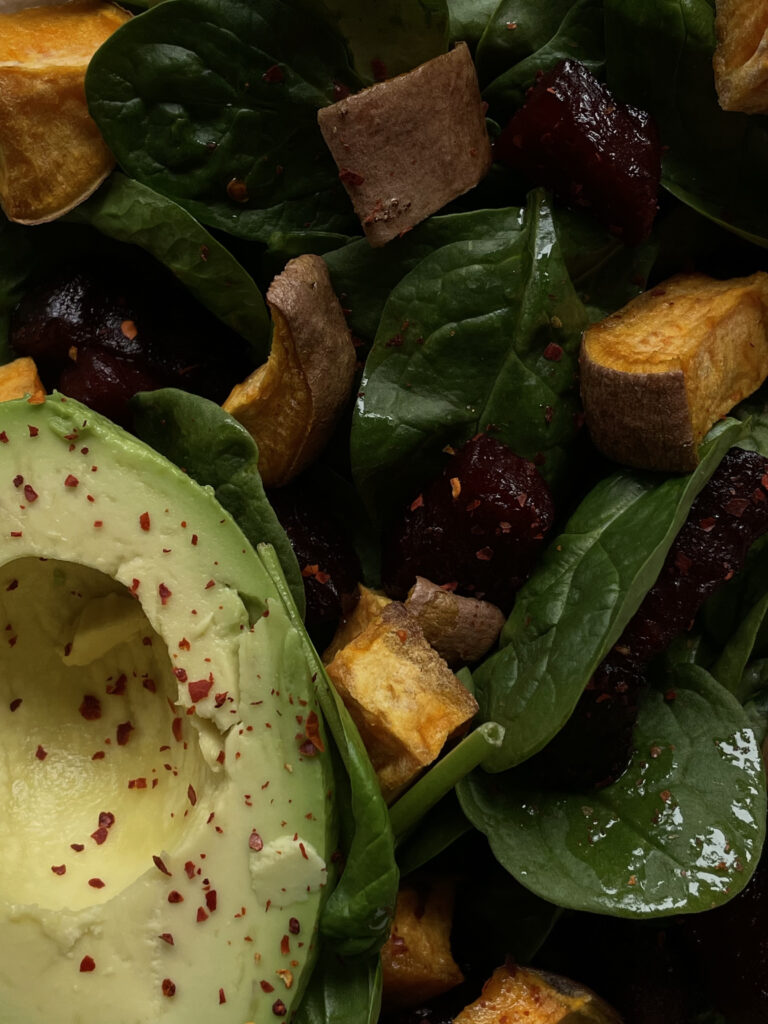We are bacteria.
Yes, you read that correctly. The truth is that bacterial cells greatly outnumber blood cells inside our bodies. This would explain why the microbiome, particularly the gut microbiota, has raised particular interest within the scientific community in the last few years.
One of the hottest areas of research right now is the relationship between the gut microbiome and the skin microbiome, or the so-called gut-skin axis. One thing you should know here is that the microbiome is strongly connected to our immunity as bacteria interact and stimulate the growth of T-cells, or simply, the immune cells inside our body. This is why an imbalance in the microbiome most often triggers a disease or some sort of inflammation. And believe it or not, today we know that many skin conditions, including acne, psoriasis, dermatitis, dandruff, hair loss, and even skin cancer, are all connected to a situation of imbalance in the skin microbiome that is typically linked to an imbalance in the gut microbiome.
Several studies have shown that the gut and skin are constantly interacting with one another via the diet, metabolism, hormones, and the central nervous system. Let’s read that one more time – the gut and skin are in constant interaction with one another via the diet. And here is where I wanna stop for a second. We are what we eat, inside out.
This is why preventing imbalances in the microbiome becomes key for a healthy body and glowy skin. How? Via the proper diet, the right “feed” for our bacteria.
How To Nourish Your Microbiome at Best
- Prebiotic Fiber: our microbiome’s feed
Prebiotics are a type of fiber and function as the feed for our microbiome. They are different from other types of fiber as they do not go through normal metabolic processes and pass undigested through the intestinal tract. But they are eventually used by the good bacteria inside the body with the result of stimulating healthy bacterial growth and strengthening our immunity. You will find a list of prebiotic-rich foods at the end of this post. Your goal from now on should be to maintain the bacterial population alive and varied by eating daily prebiotics. And this brings me to the next point: diet variety.
- Diet Variety
Science is still trying to find an ultimate answer, but so far, we know that the human microbiome is made of approximately 1,000 species. To keep all these species healthy and alive, it’s important to feed them with the right “feed.” This is why diet variety is key. Rule number one to maintain the metabolism active and a strong immunity is to avoid falling into food monotony. Yes, different foods provide different nutrients, but they also feed different bacteria. You don’t need to come up with new recipes every time, but I recommend switching it up as much as possible. For example, try to make your morning oatmeal using different grains and different types of milk. One day could be oats with almond milk, the next day could be buckwheat with cashew milk. Same thing with pasta and flour. Today you can choose among so many alternatives!
- Other factors that can alter the composition of the microbiome
a) Oxidative Stress
Oxidative stress consists of an imbalance between free radicals and antioxidants inside the body. This imbalance can cause a condition called dysbiosis, where the bad bacteria outgrow the good bacteria leading to inflammation inside and outside the body. The secret to reducing oxidative stress is to minimize exposure to stressors, such as smoke, unhealthy diet, pollution, radiation, overexercise, and pesticides. A little parenthesis on the real meaning of an “unhealthy diet.” An unhealthy diet does not only stand for the overconsumption of added sugars, saturated fat, trans fat, and salt, but also for a restrictive diet or for those situations in which there’s an unbalanced consumption of macronutrients.
b) Sugar-free Sweeteners
Sugar-free or low-Kcal sweeteners, such as erythritol, stevia, and monk fruit, can be good options if you want to cut down the calories but still enjoy delish sweet treats. However, research has shown that their frequent use may harm the microbiome, metabolism, and the hormones that regulate the natural hunger-fullness cycle leading to significant weight gain and other conditions. Hopefully, we’ll have more clear answers soon. For now, I recommend alternating the use of sugar-free sweeteners with natural sweeteners (such as raw honey, agave syrup, and date syrup).
c) Not Enough Sleep
Your body needs to rest, and so does your microbiome. Sleep is crucial for the efficiency of all the normal bodily functions, starting from metabolism and digestion to hormonal health and healthy cell growth (including healthy hair growth, healthy nail growth, etc.). Inadequate sleep leads to a buildup of oxidative stress that leads to inflammation in and out of the body that consequently leads to an unhealthy microbiome.
In the section Healthy Kitchen, you’ll find the filter “gut health” that will help you keep your gut and skin microbiome happy and healthy every day!
| Prebiotic-Rich Foods |
| Chicory root Garlic Onions Leeks Asparagus Artichokes Bananas Apples Flaxseeds Wheat bran Cabbage Barley Oats Konjac root Shitake mushrooms Cocoa Seaweed Legumes (lentils, chickpeas, beans) Almonds Dandelion Radishes Potatoes Watermelon Grapefruit Beet White peaches |

Resources
https://www.mdpi.com/2076-2607/9/2/353
https://www.frontiersin.org/articles/10.3389/fmicb.2018.01459/full
https://www.sciencedirect.com/science/article/abs/pii/S0738081X21001930